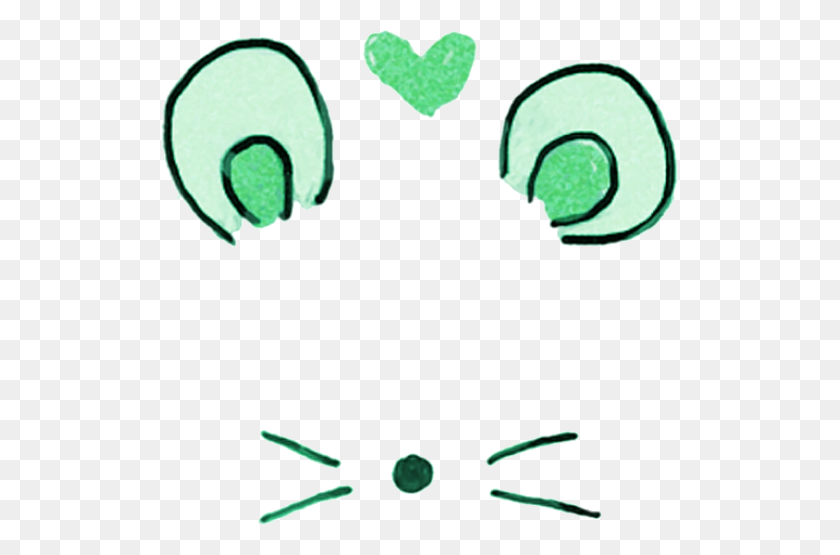


P: There are bursts of activity, where suddenly, a bunch of them are purged. It just gets decontextualized.Ī: Do images often get taken down when you tweet about them? But someone added a fifth bird, and then it just got passed around online so you don't know it’s not a real scene. He actually waited for a time that each of those birds would alight on his fence and then edited it together. The original photographer says on his Flickr page that it was a composite. It turns out the original photo was four birds, and that itself was a composite image. P: Yeah, that was a clear Photoshop example. It was a huge Bald Eagle that was landing on a lake against a beautiful backdrop-the eagle was just so large compared to the background ( edit note: here's what it looked like, through another repost). Also look at the captions: Sometimes the captions are dead wrong, and it ’s actually something else happening in the photo.Ī: An image I saw you call out in a tweet when I first contacted you has since been taken down. In the case of Photoshop or photo manipulation, look out for light sources coming from different directions, things like fuzzy edges or too-sharp edges, or very obvious borders along the edges. Even if there were no wires, the mantises were in a state of distress.

Someone ran it through a photo forensics image analysis tool and found evidence that wires may have been involved. There’s a praying mantis that keeps getting passed around as a National Geographic photo. The guy who was taking that photo just keeps them as pets. Usually, if it ’s too good to be true-like the snails on the frog’s head or the frog on a turtle’s back-it may turn out to be staged. A lot of popular wildlife photos are actually staged in a certain way. P: Sometimes, the fakery is not so much a Photoshop or photo editing as it is posing.

CUTE FILTERS FOR PHOTOS PROFESSIONAL
I don ’t call myself a professional photographer, but I will sometimes go on a hike with my DSLR.Ī: When it comes to suspect wildlife photos, can you take me through some of the typical kinds of things you come across? I ’ve always been a big space fan and a big nature lover. There are a small group of us who have a little email chain that we very occasionally trade notes on.Ī: Space and wildlife seem to be two major photo subjects that you fact check. I ’m not a professional fact-checker.Ī: Are there a lot of vigilantes like yourself? I came across a few other accounts, such as Hoa圎ye. Audubon spoke with him about his work and asked for his advice on how we all can be more savvy.Īudubon: How much time do you spend debunking photos? Wildlife and nature photos are just one category, but they are a big one for Ordoveza. Sometimes they come from accounts deliberately using these methods to gain followers, clicks, revenue, or other aims, but they also get shared by well-intentioned users who don ’t know better. You may have them in your own feed, or have shared one yourself. The self-described “punctilious Internet killjoy ” has been at it ever since.įaked, misleading, stolen, or miscredited photos or photo captions exist on most every online platform, with all kinds of subjects. Fast forward to 2014 and the graphic designer and web developer-working at the time as a contractor for NASA-was attracted by a different platform rife with untruths. He started a Twitter account, to debunk suspicious photos he would find going viral on the social media site. “I was that guy who was kind of a stickler for facts, ” he says. Growing up in the Philippines in the 1990s, Paulo Ordoveza started a website to debunk urban legends that he received in email forwards.


 0 kommentar(er)
0 kommentar(er)
